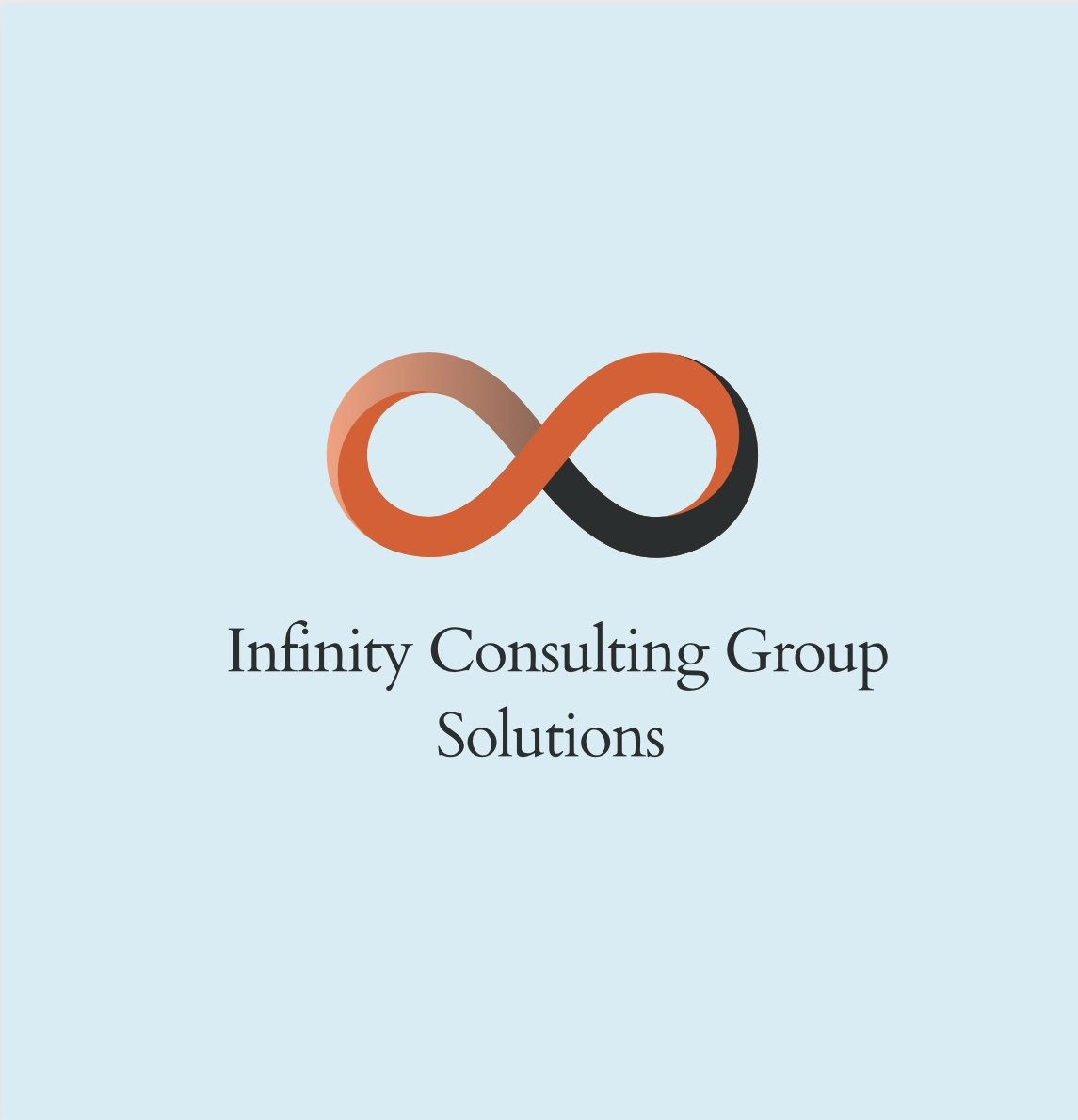Post-Acquisition Integration: Making It Work for You
Post-acquisition integration is where mergers and acquisitions truly succeed—or fail. The deal might be signed, but the real work begins when two companies combine operations, cultures, and strategies to achieve the intended value.
At Infinity Consulting Group Solutions, we’ve supported organizations in making these transitions seamless and effective. Here's how you can approach integration to meet your objectives while avoiding common pitfalls:
1. Define and Align Objectives
Every acquisition has a purpose—whether expanding market share, improving operational efficiency, or entering new industries. Clearly define what success looks like and align your teams around those goals. Without this clarity, priorities can become scattered, and the integration suffers.
2. Approach Culture as a Core Priority
Integrating systems and processes is one thing, but cultural alignment often determines long-term success. Start by understanding how the two company cultures differ and where they align. Focus on building trust, encouraging transparency, and fostering a unified team mindset.
3. Build an Effective Integration Structure
Strong leadership and governance are critical. Create an integration team composed of key decision-makers from both organizations. This team should manage the overall strategy and serve as the point of accountability to keep the process moving forward.
4. Communicate Frequently and Thoughtfully
Uncertainty during integration can disrupt operations and morale. Your teams and stakeholders need consistent updates, particularly when big changes are coming. Direct, clear communication helps reduce friction and keeps everyone aligned.
5. Keep Customers at the Forefront
Acquisitions should enhance—not disrupt—the customer experience. Prioritize continuity in service and communicate transparently with customers about what they can expect.
6. Track Progress and Adapt
The integration process rarely goes exactly as planned. Use metrics to evaluate progress regularly and be ready to adapt. Flexibility is often the difference between a smooth transition and missed opportunities.
Post-acquisition integration isn’t just a checklist; it’s a complex process that requires expertise, foresight, and strong execution. By following these principles, you’ll be positioned to turn a deal on paper into meaningful, long-term value.

